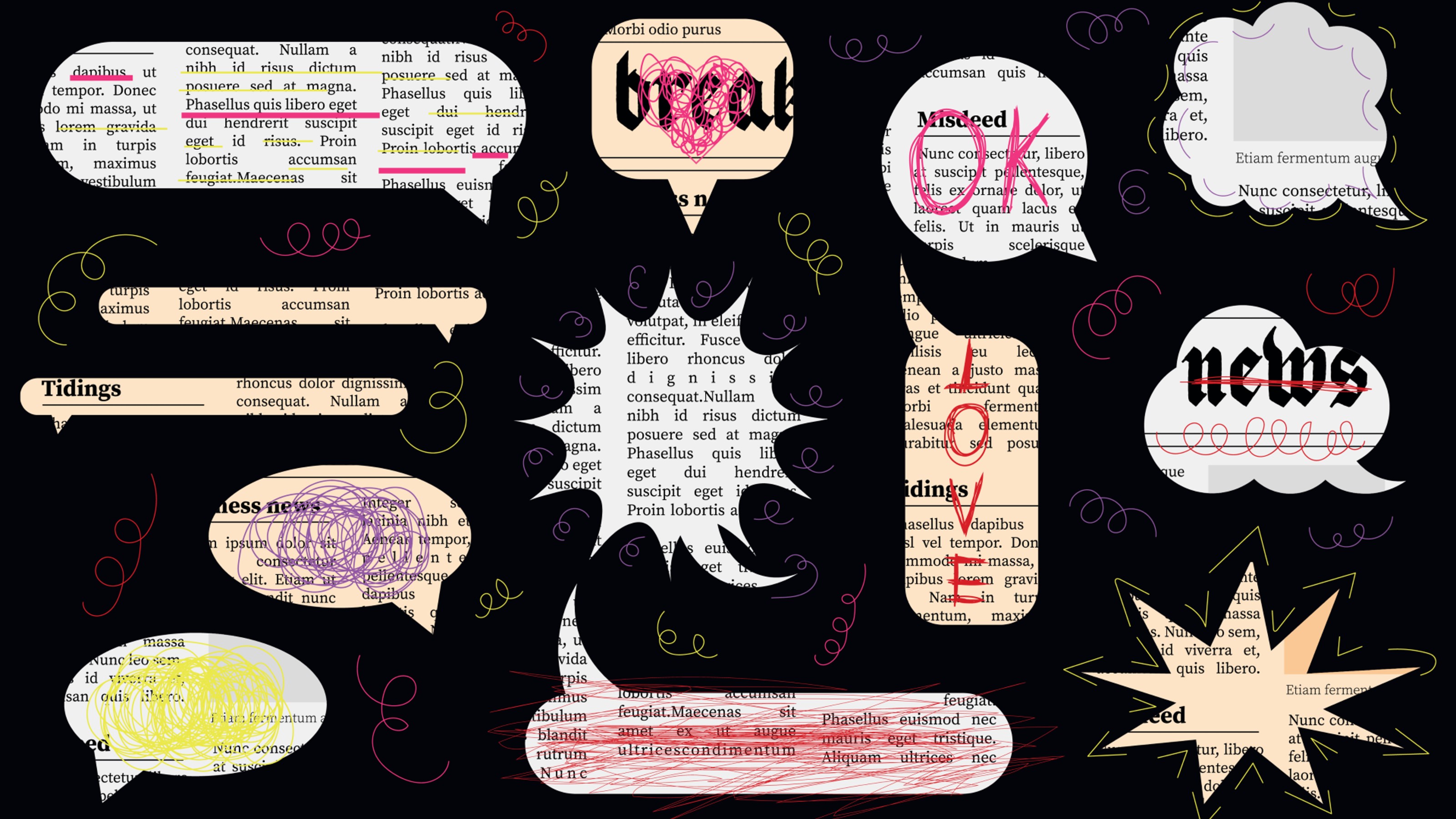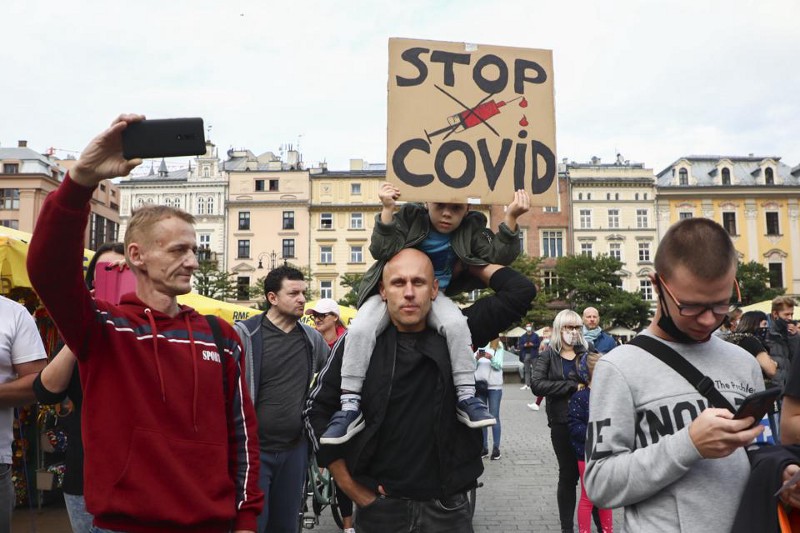Dominant Versus Alternate Narratives And The Haitian Tragedy

There are two different types of narratives about the Haiti tragedy these days — the ones shown each evening on the nightly news programs of the major television networks and the ones that exists on the internet in the watering holes of cyberspace. Many of the recent conversations I’ve had, both online and real life, have been with people who are frustrated by the narrow perspective of network news when it comes to their portrayal of the victims of the Haitian earthquake. Are their concerns much ado about nothing, or could they be on to something?
Earlier today, while taping a segment I do regularly for an NPR affiliate, this very question came up while the host and I were in the middle of a conversation about the crisis in Haiti that had come about after the devastating tremor, registering 7.0 on the seismic scale, rocked Port-au-Prince, the nation’s capital, to its very foundations. So I asked him a question. “You’re in the media, you tell me — is there a narrative that news producers already have in place before they put together a story?”
The host admitted that this was usually the case. He confessed that he was often frustrated by the very business in which he toils as a journalist because sadly, this happens all too often. The disappointment he felt is related directly to a lot of the negative sentiment towards Big Media zipping through broadband connections at this very moment. There is a distinct sense among many netizens that the official Haiti storyline we see in the United States relies heavily on much of the same stereotyped imagery that we were treated to during Hurricane Katrina, where footage of looters and violence dominated the airwaves as if these incidents were the rule rather than the exception.
Lance Bennett, in his book News: The Politics of Illusion claims that “structural biases in the content of the news, particularly TV,” often take the form of:
a) Dramatic versus Analytical
b) Fragmented versus Historical
c) Personalized versus Institutional
d) Authority-Disorder bias
In the reporting we see about Haiti and the thousands who are now earthquake survivors, I can safely say that most of the prime time coverage is typically dramatic, often fragmented, usually personalized, and quick to lean towards cataloging various instances of civil disorder in Haiti both before and after the quake. Which is why many who have tired of the dominant narrative promulgated by the major television networks turn instead to the alternate information channels available online.
Who are these people behind the scenes of our traditional news media who tell us what is important — who decide what the narrative is — who set the agenda for the rest of the tribe? Do they really speak for the citizenry of the nation, or do they succumb to their own personal agendas when they decide to focus on presenting the news in a particular way?





